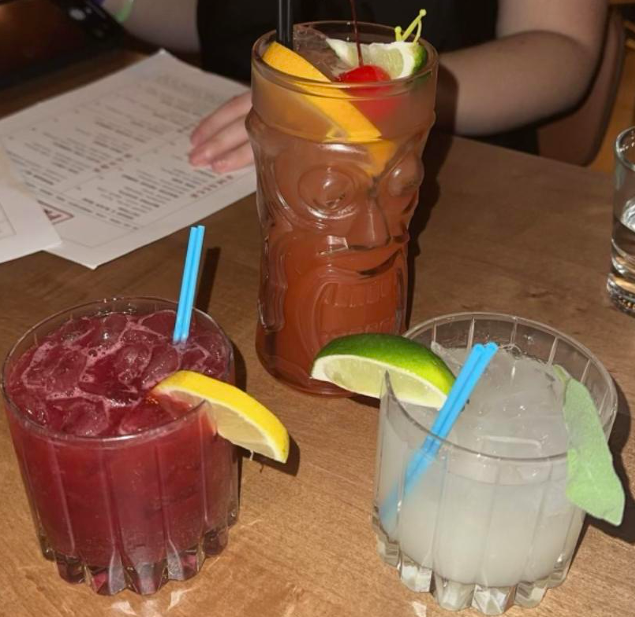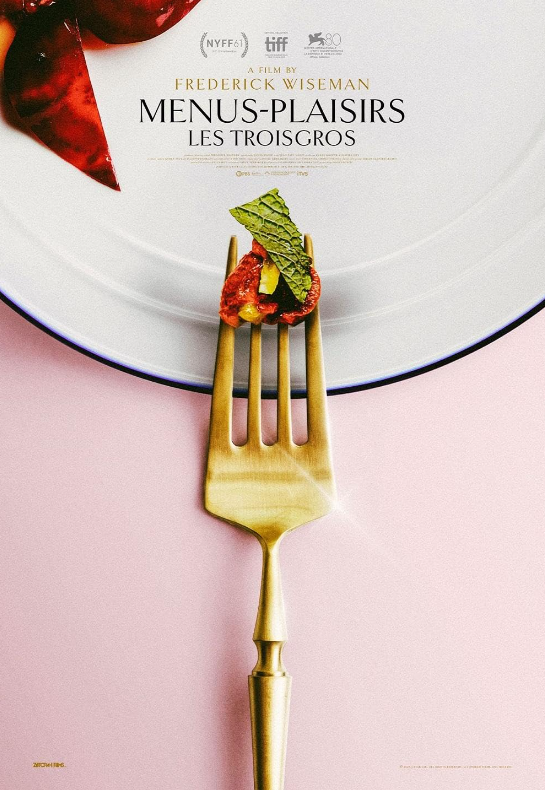It used to be that in the United States, domestic beer was a commodity. A tiny number of massive brewers pushed out largely identical lager-style beers, and whether you were a Bud man or a Coors drinker, it made little difference.
In those days, if you wanted something different, the only way to go was to grab an import. Drinking foreign beers was the “different” thing to do, and the only way to go if you wanted to expand your beer horizons.
These days, things are different. The craft brewing industry has exploded into every corner of the map, and drinkers who crave something different can reach for a locally-made micro brew. Creativity abounds on the liquor store shelf, and domestic beers are made with anything from blueberries and pumpkins to parsley and sage. It’s all well and good, because variety is the spice of life, but somewhere along the line the humble import has been lost in the shuffle. Among the watermelon saisons and the coffeehouse porters, there is still room in the fridge for a cold one from across the pond.
When people think of European beer, their first thoughts often jump to Germany, and for good reason. The Germans have been brewing for many hundreds of years, and individual regions are fiercely loyal to their traditional styles. Becks may top the list of best-selling German beers, but in fact the brand was developed and marketed specifically for export. If you want a real taste of Germany, pick up a bottle of Weihenstephaner Hefeweissbier. Made by the world’s oldest brewery, this “weiss” or white beer is cloudy, aromatic and surprisingly light. For anyone who has never tried a genuine unfiltered white beer, this is the place to start.
Another popular spot on the global beer map is Ireland. Despite its high level of consumption and notorious love of suds, the Emerald Isle produces surprisingly few brands of beer. Nearly everyone is familiar with Guinness, but the stout giant also exports Smithwicks, a light brown ale with medium hops and a sharp finish. Devoted Irishmen can also look for Murphy’s Irish Stout, a beer similar to Guinness but with a touch more creaminess.
Belgium may not be the most famous producer of beer, but connoisseurs will often argue that it is the best. There are many different Belgian styles, but in terms of imports there are a small number of key players.
Leffe is a rich, sweet and well-balanced beer brewed in the tradition of the Franciscan monasteries that pepper the countryside. It is often compared with the better-known Stella Artois, but while Stella has a better marketing team, it is at the bottom of the barrel of Belgian beers.
Hoegaarden white is a popular import, and with wheat, citrus and notes of bananas it has carved out a spot in most liquor stores.
Packing the biggest price (but also the biggest punch) is the much-touted Delirium Tremens. Voted in 1988 as the best beer on Earth, Delirium is a thick beer with complex flavor, perfectly balanced malt sweetness and nearly 12 percent alcohol by volume. Because of its accolades it can be found in small quantities in the US, but be prepared to shell out at least $12 for a 750ml bottle.
Denmark, famous for pastries and Hamlet, is also the home of Carlsberg, the world’s third-largest producer of beer. Their signature Carlsberg pilsner is slightly hoppier than most American beers of the style, but it goes down smooth. It is available on tap more readily than in cans, but if found it is certainly worth a try.
Heading south, Nastro Azzuro is the most popular beer in Italy. Perfect for the country’s blazing summer heat, Nastro is crisp, light, and extremely refreshing when the mercury starts to rise. While the Mediterranean nations don’t export many brands, this beer has risen above the din and distinguished itself as Italy’s sole Ambassador of Brew.
This list is hardly exhaustive. Different vendors, distributors, stores and bard will carry different varieties from all over the world. Local beers are a fresh-brewed blessing, but they are not the only drinks on the market. The various styles of Europe deserve their share of respect, and you new favorite beer may have just hopped across the pond.
Bottom’s up.
Andrew Sheridan can be reached at [email protected].






